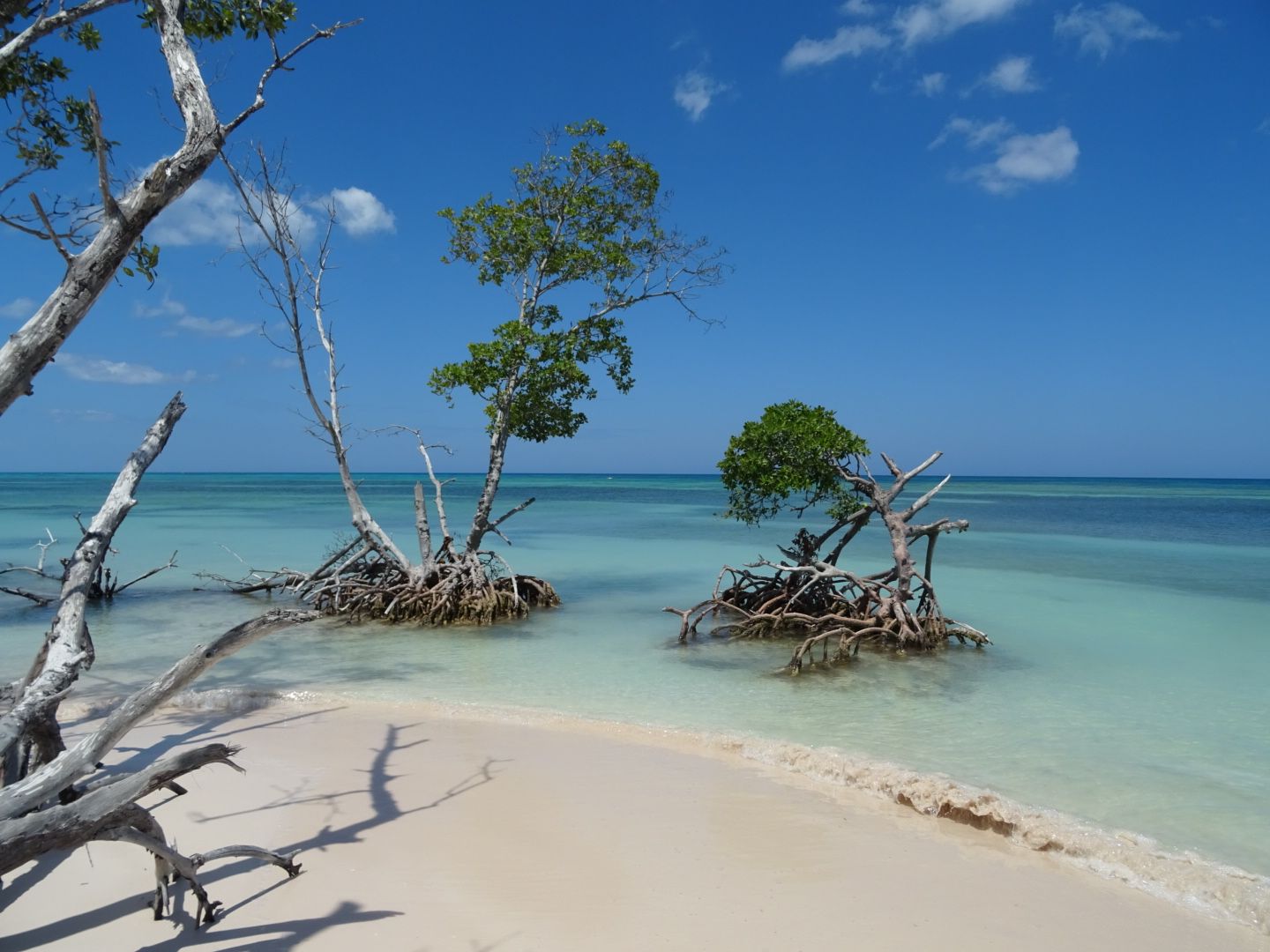Indonesia: West Papua, Raja Ampat
प्रकाशित: 18.12.2022
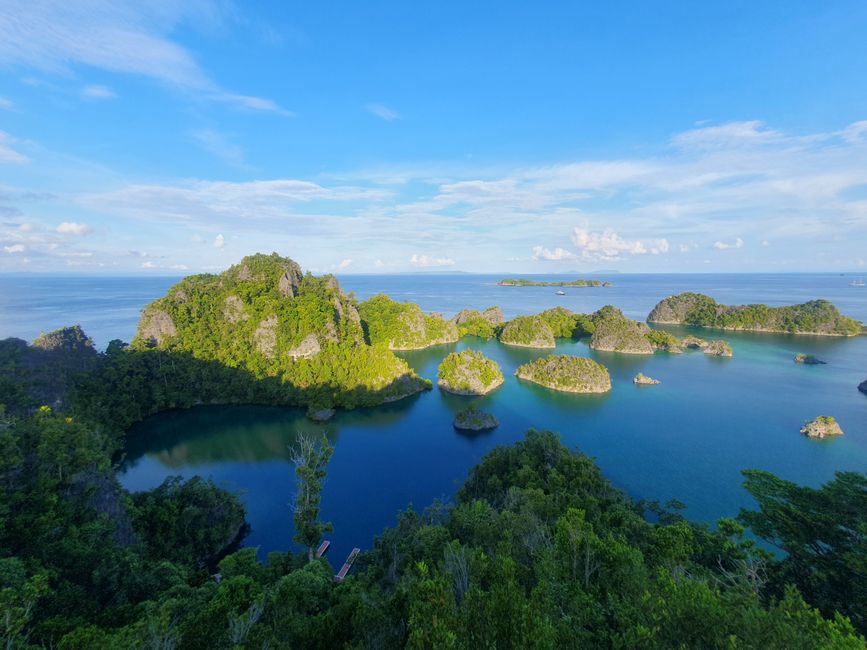
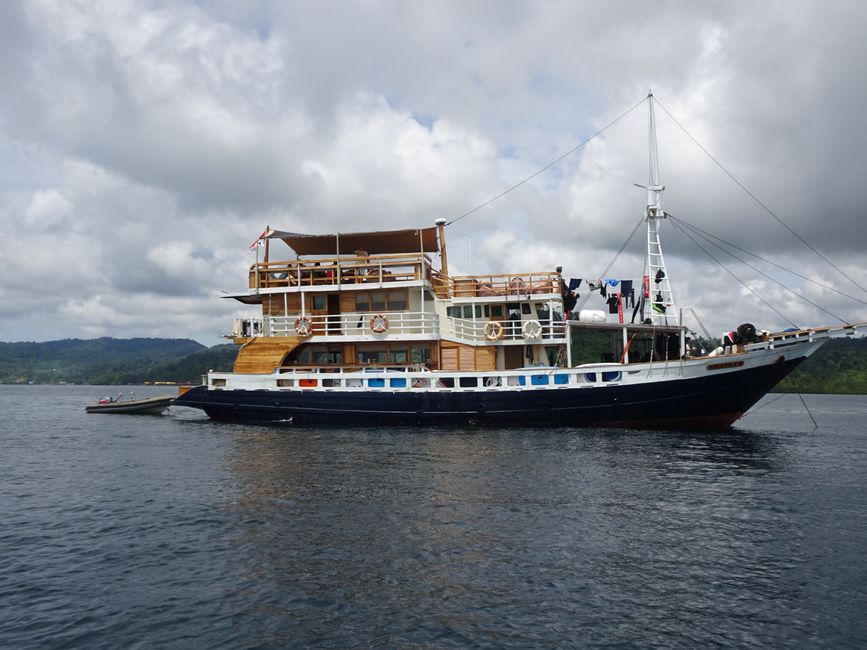

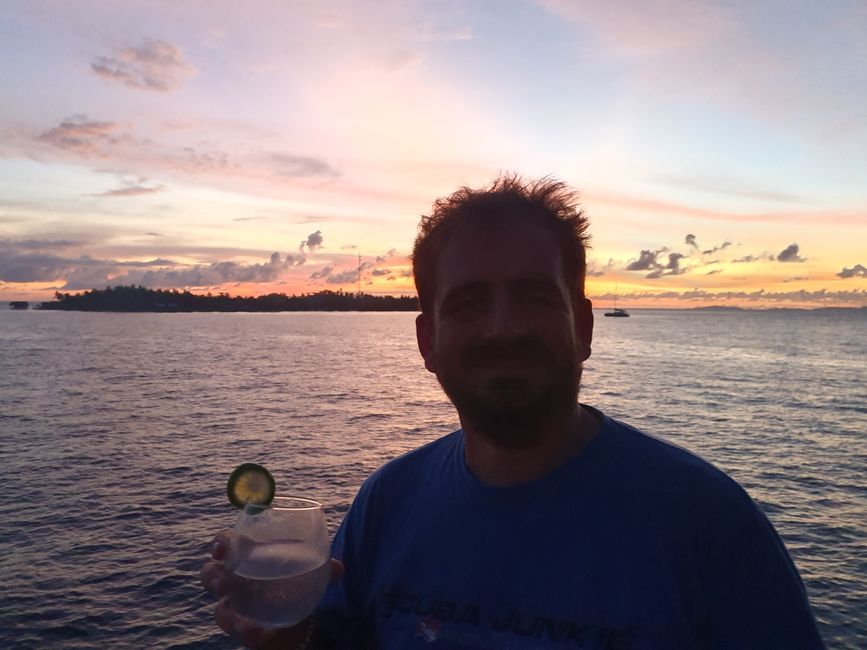
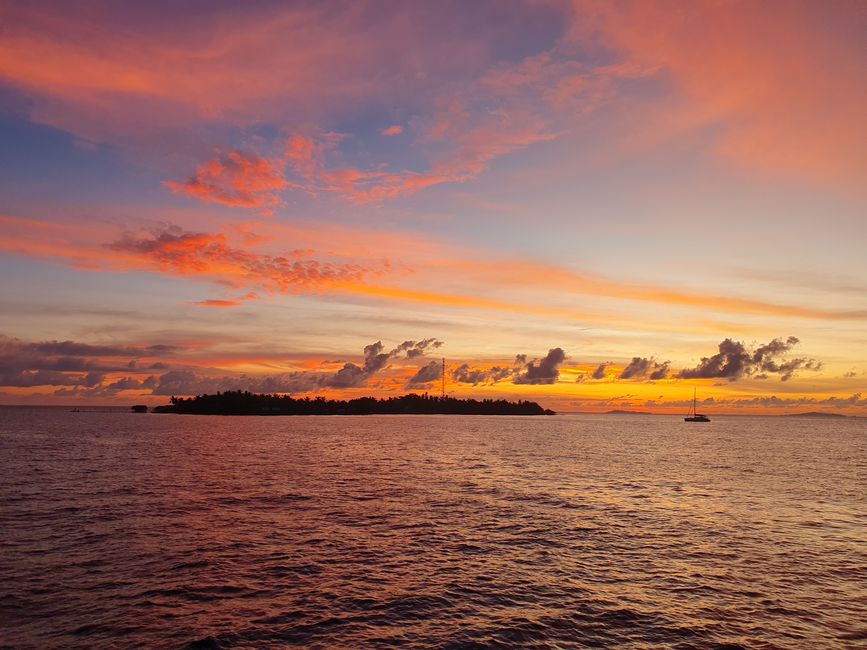
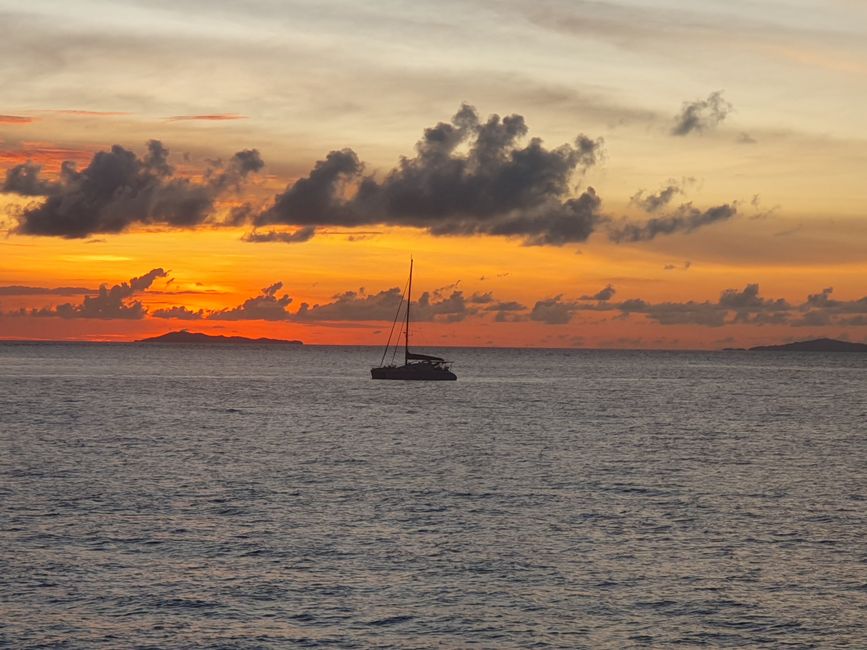
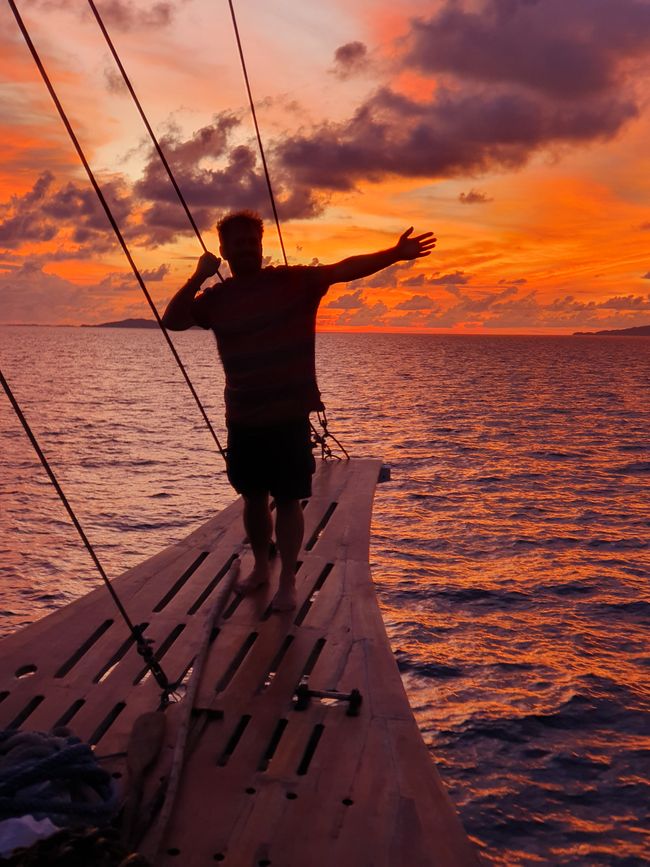
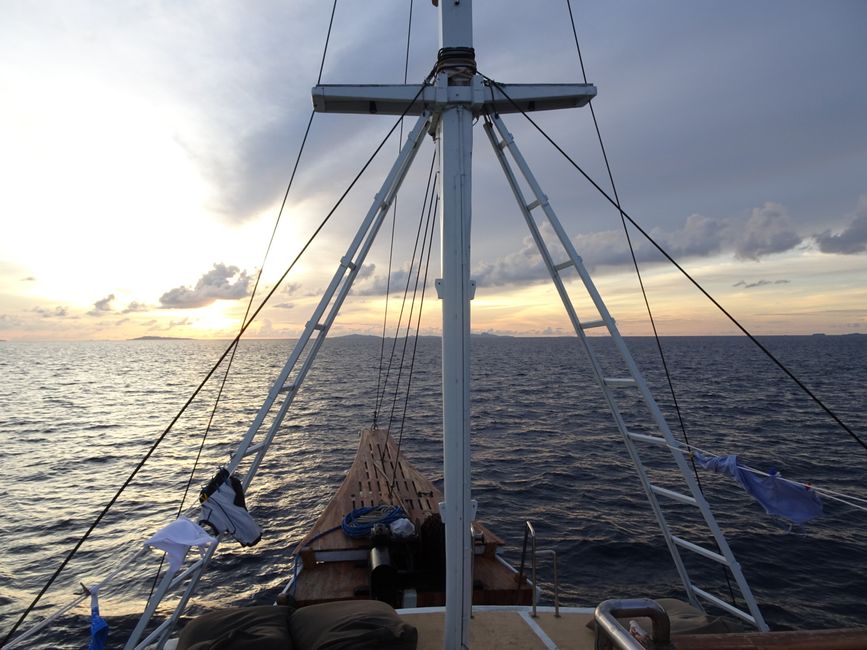
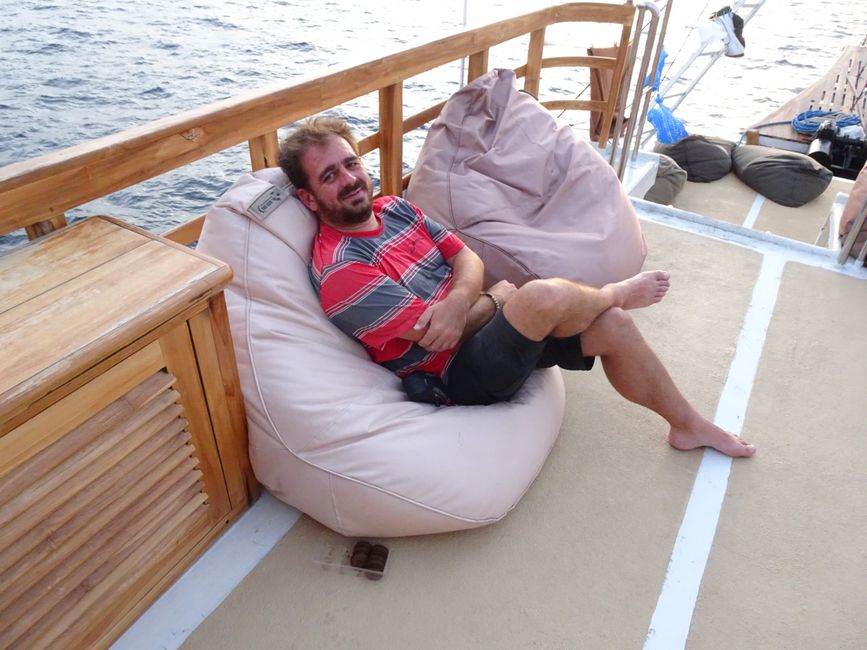
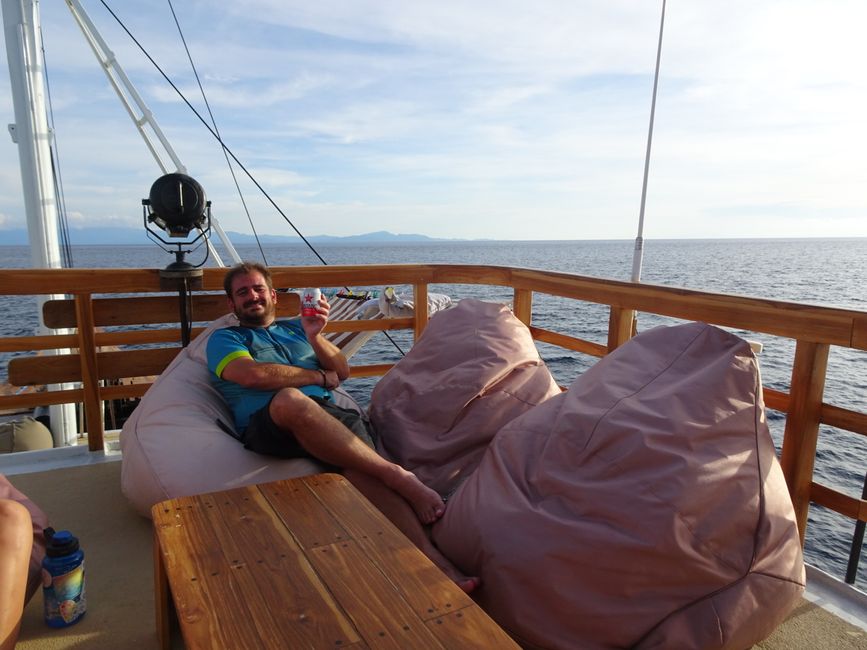
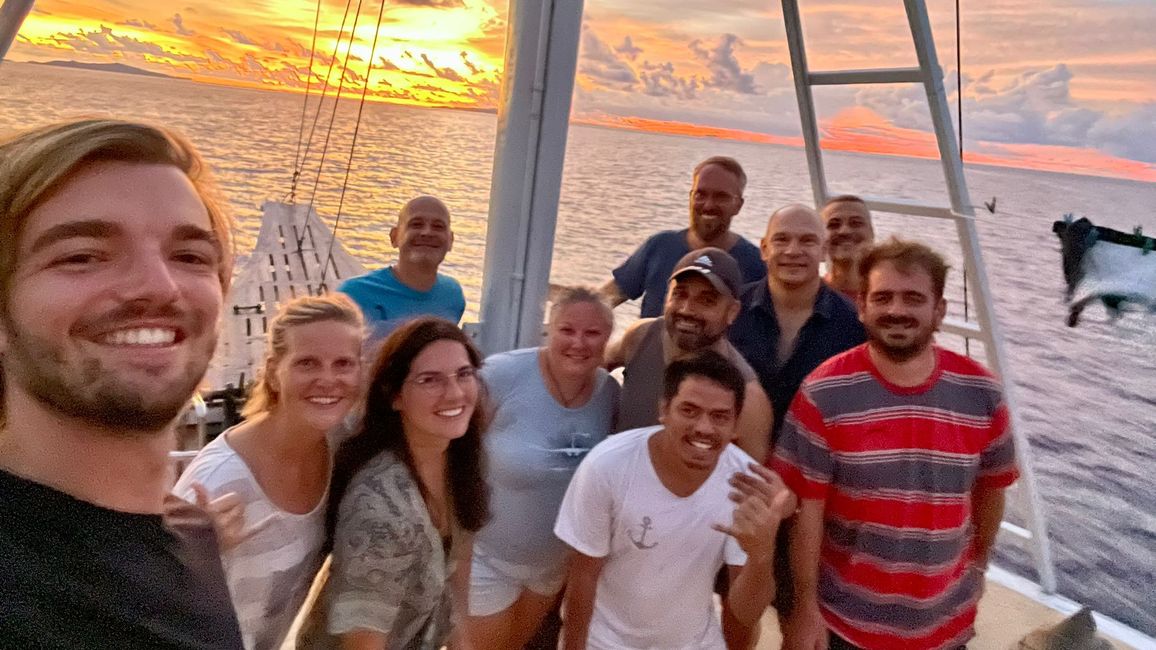
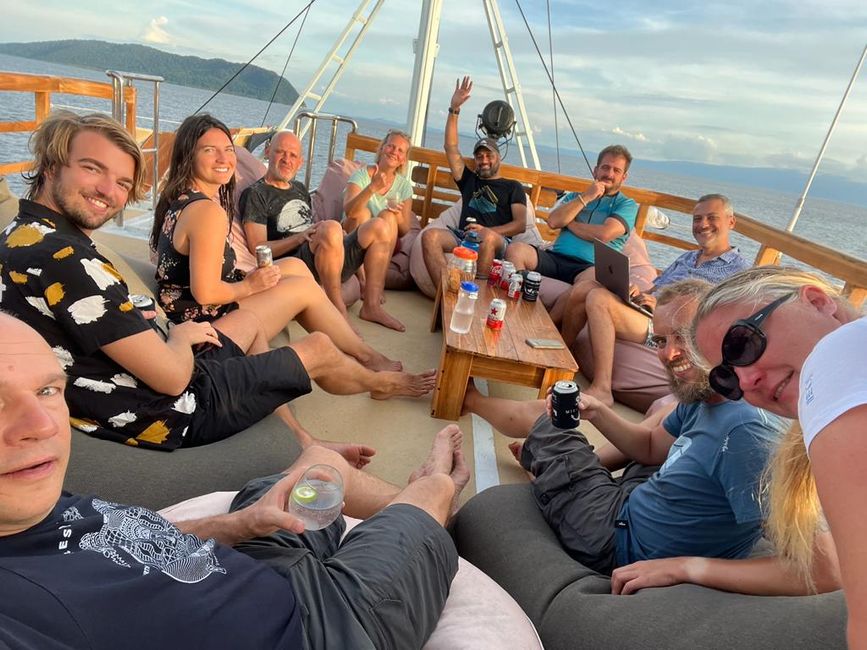
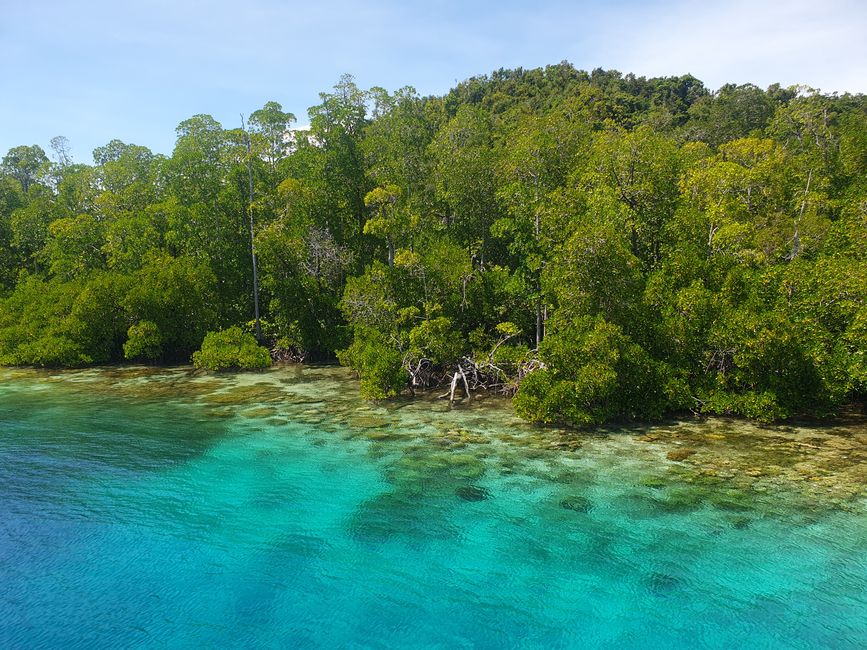
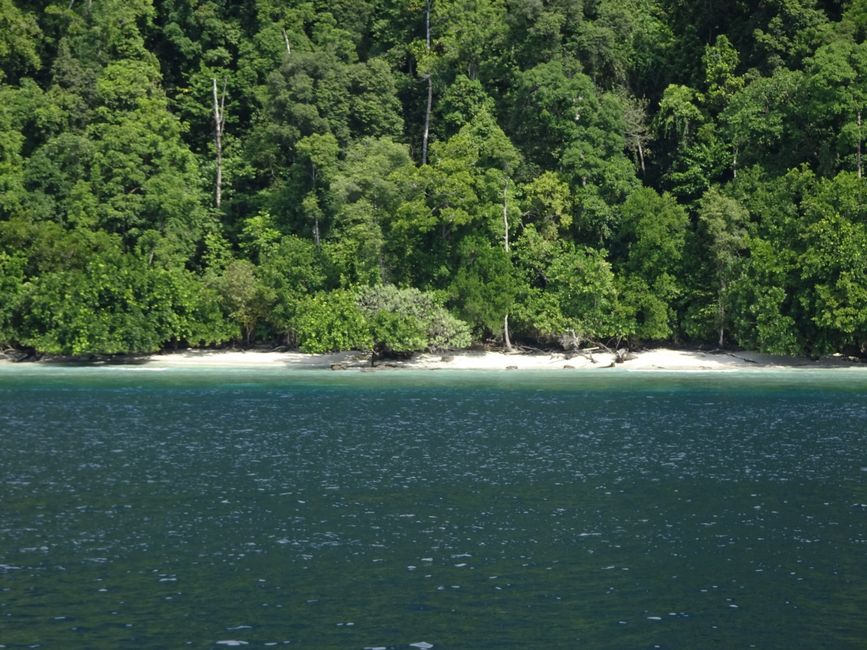
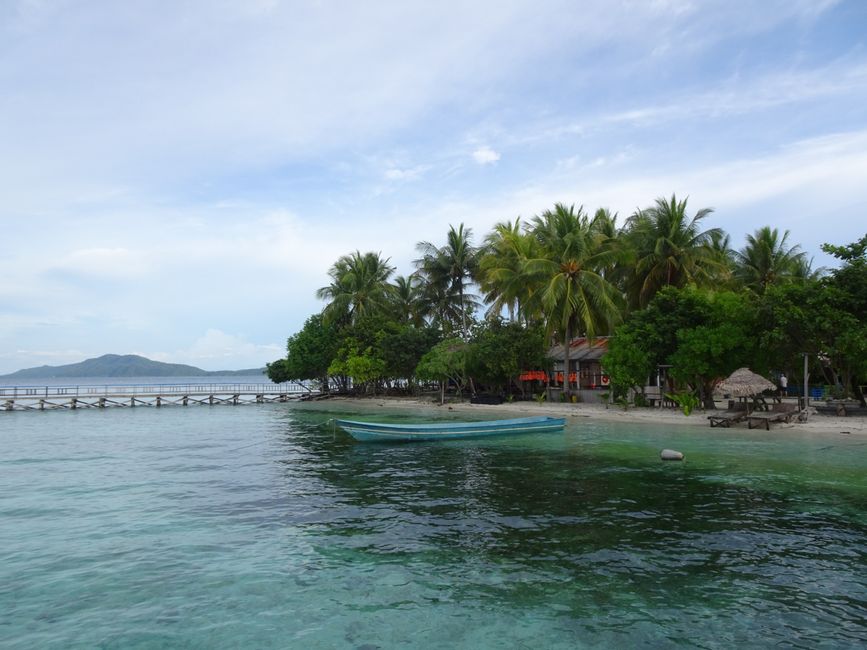
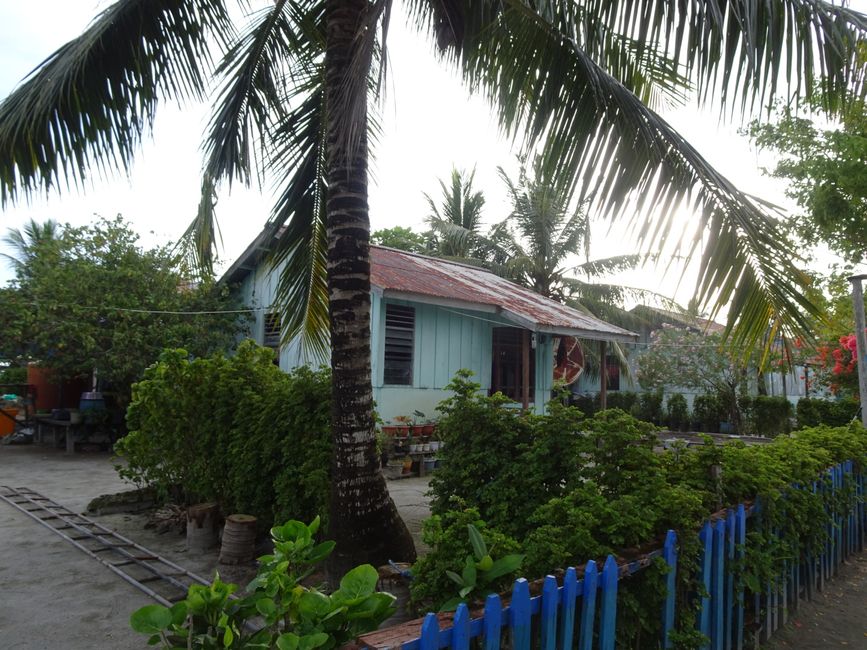
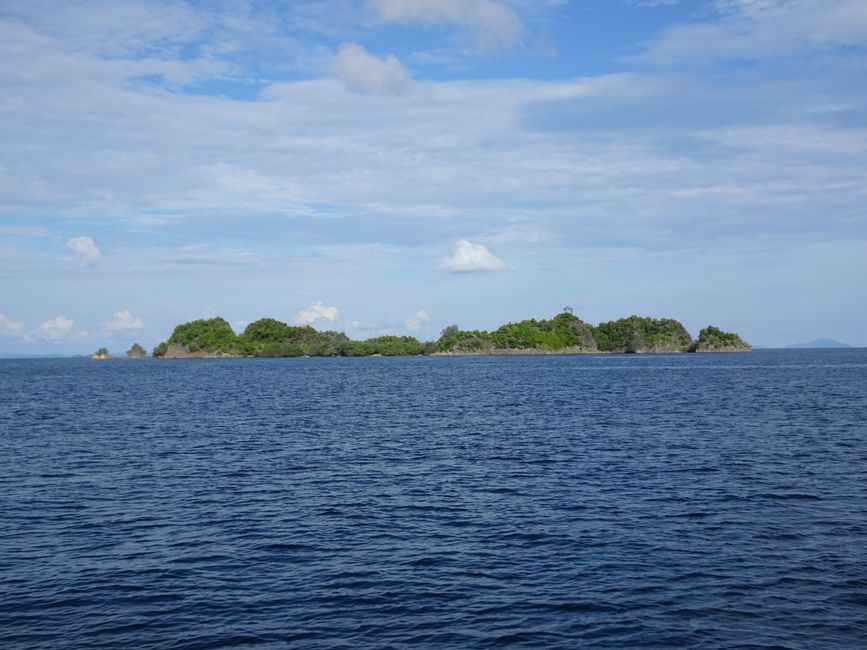
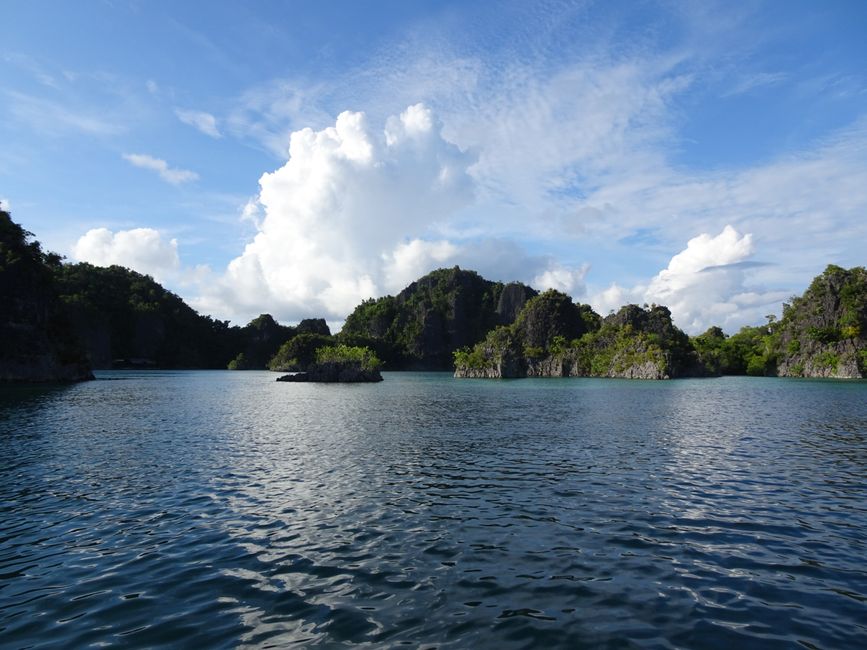
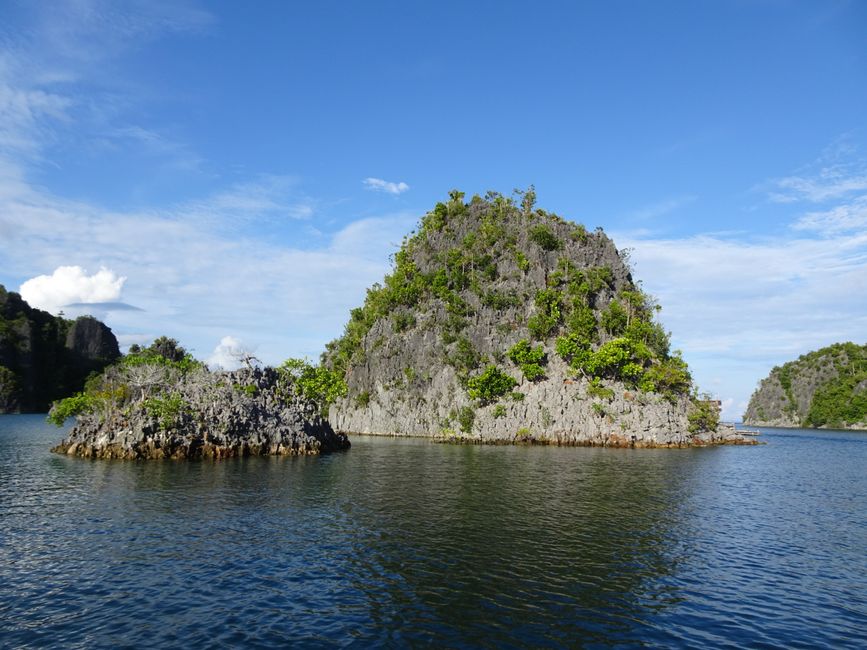
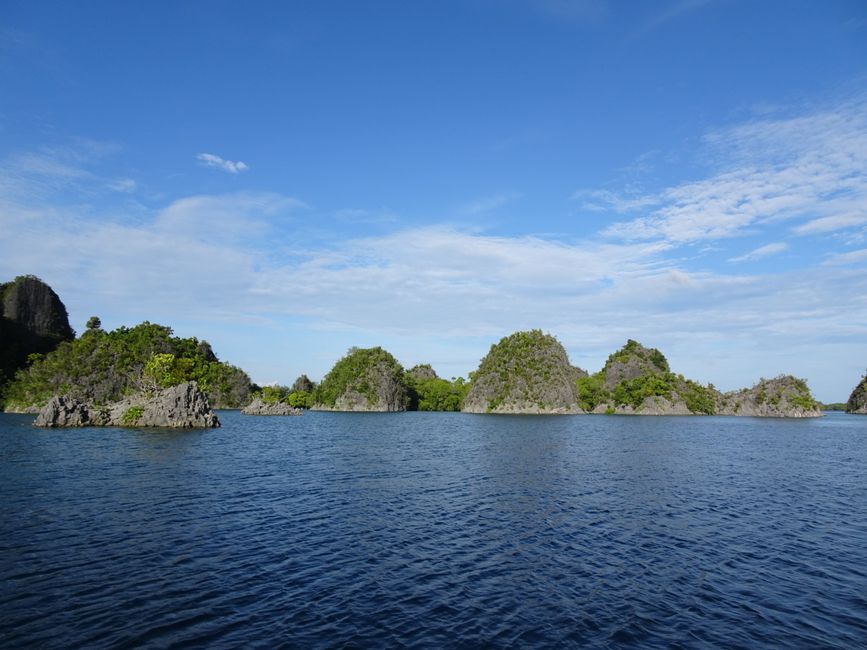
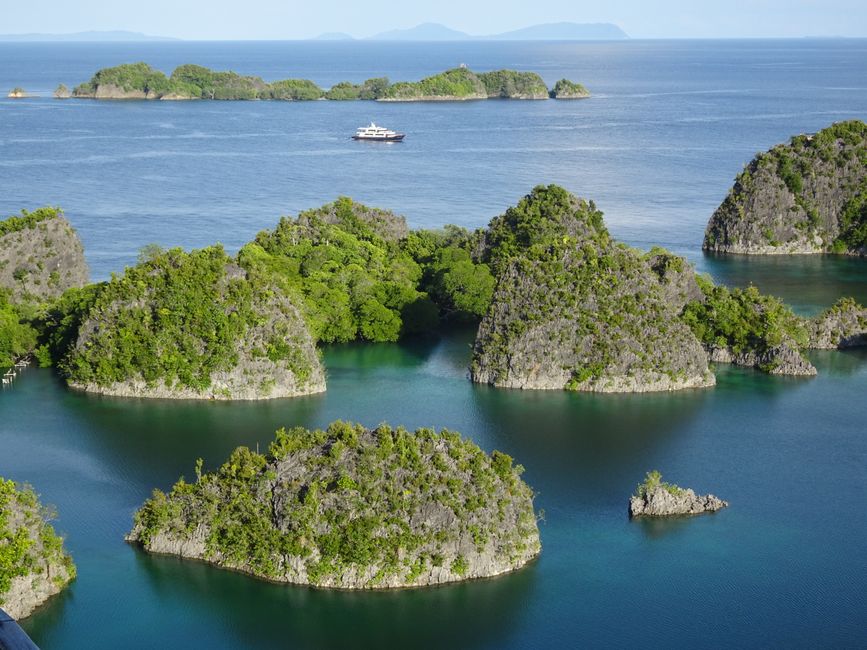
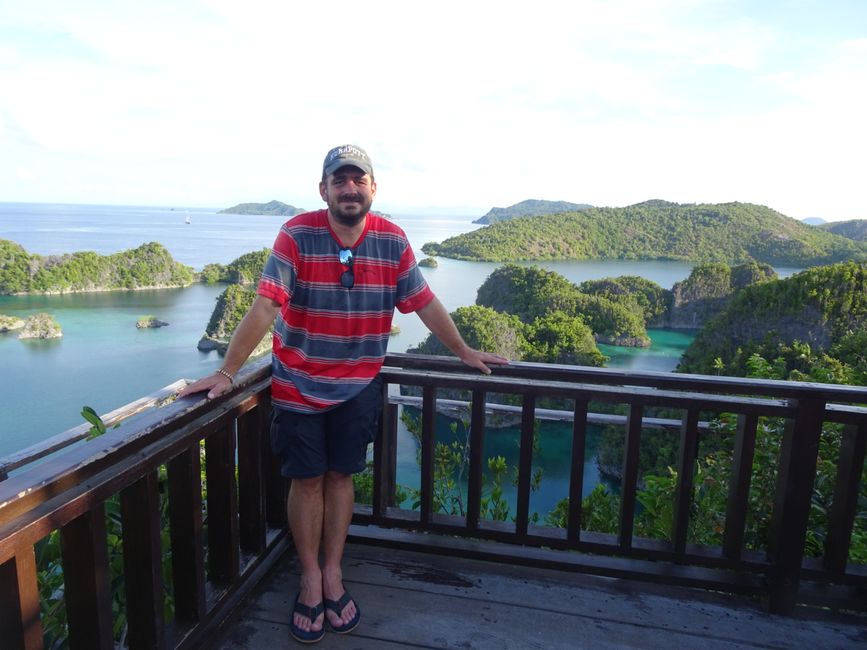
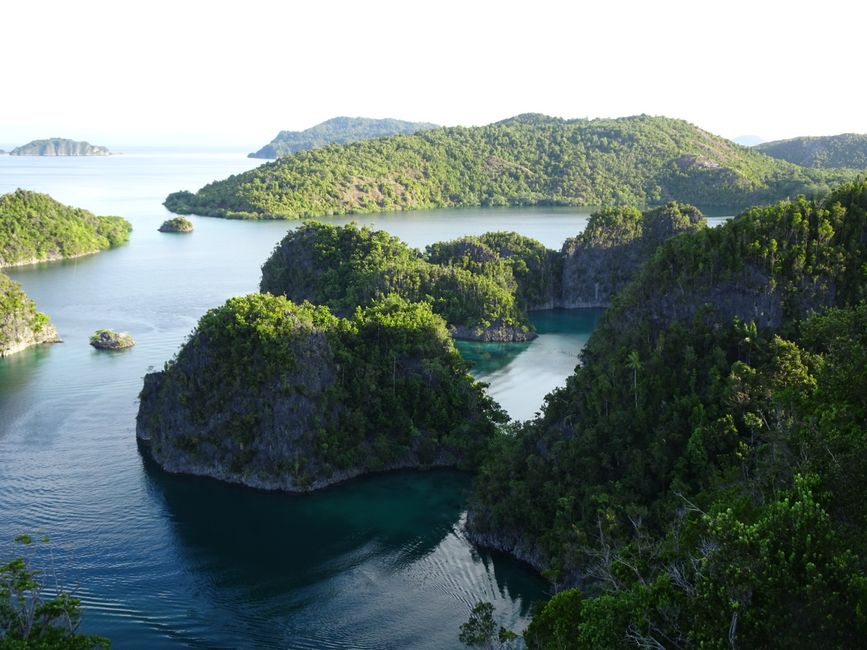
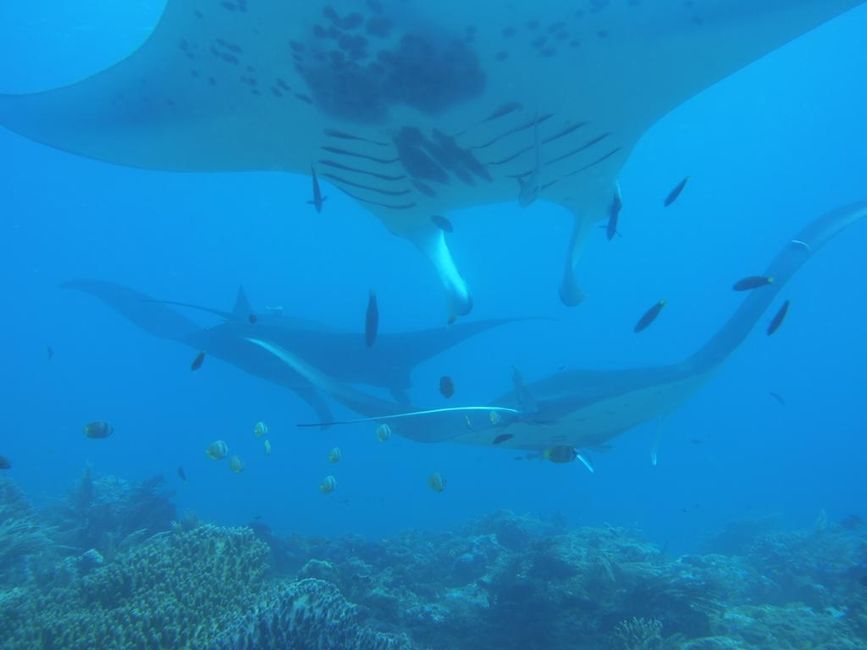
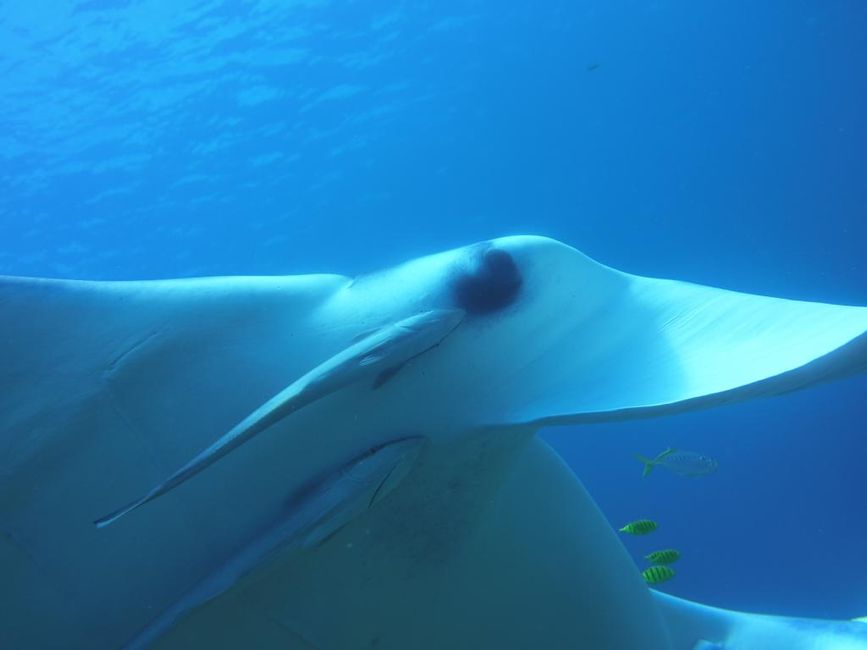
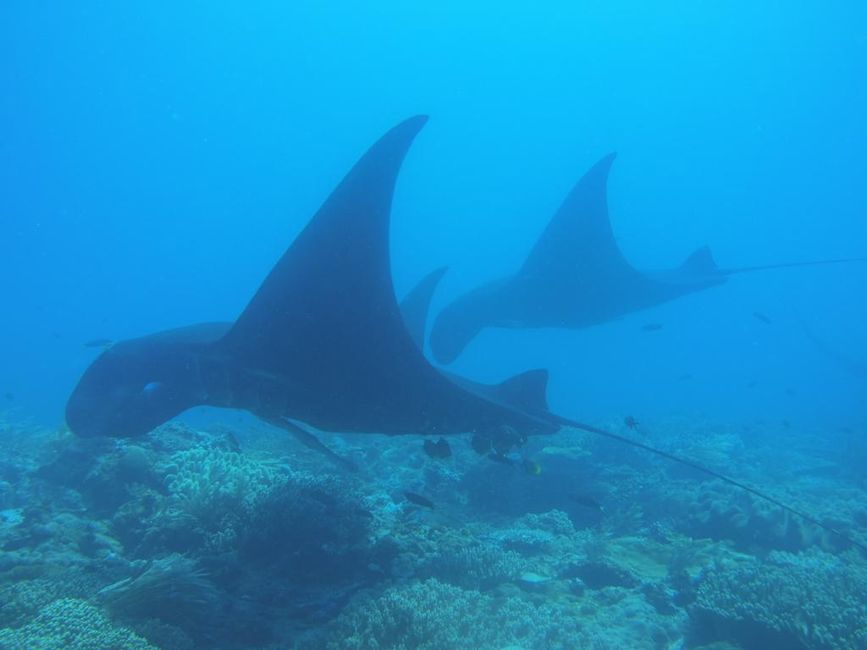
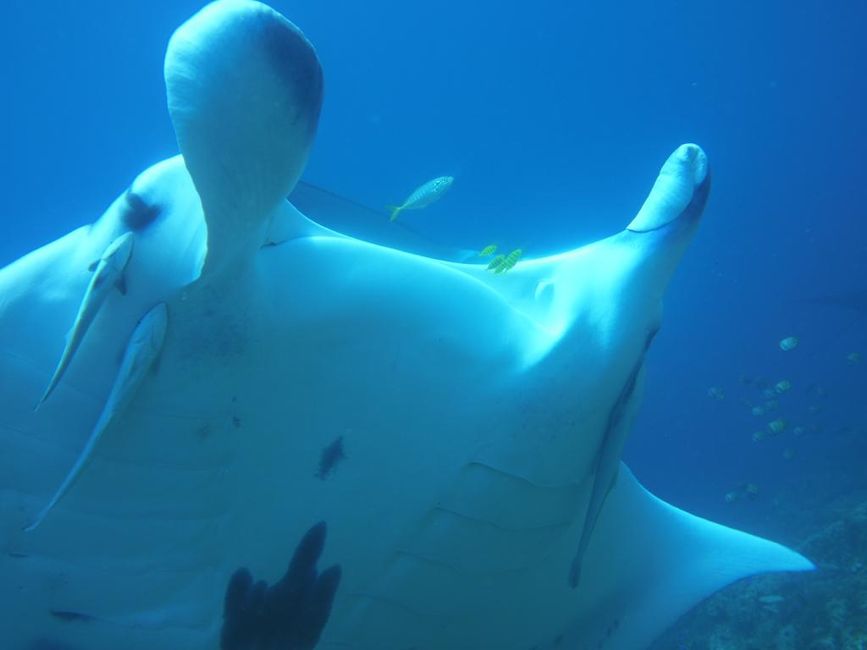
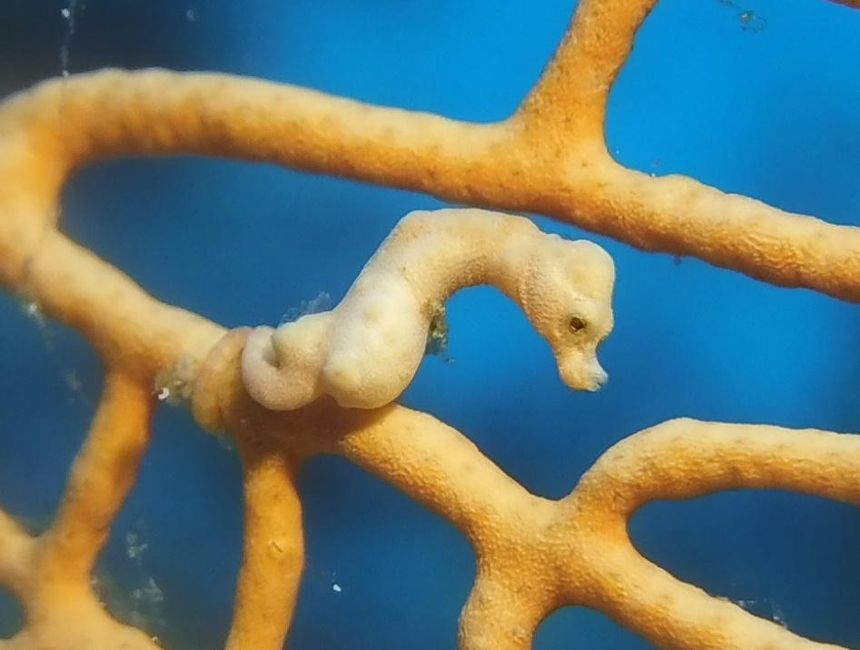
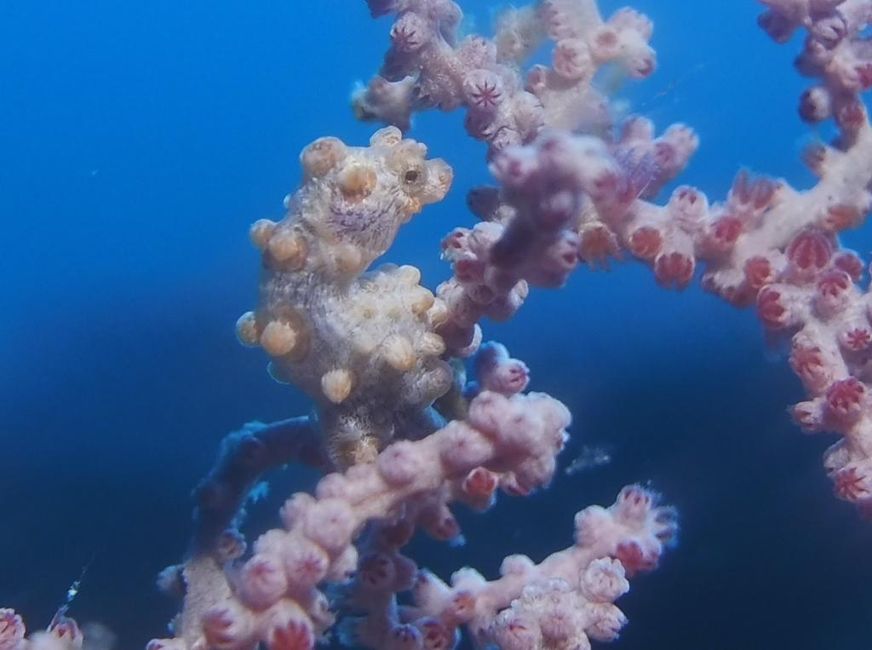
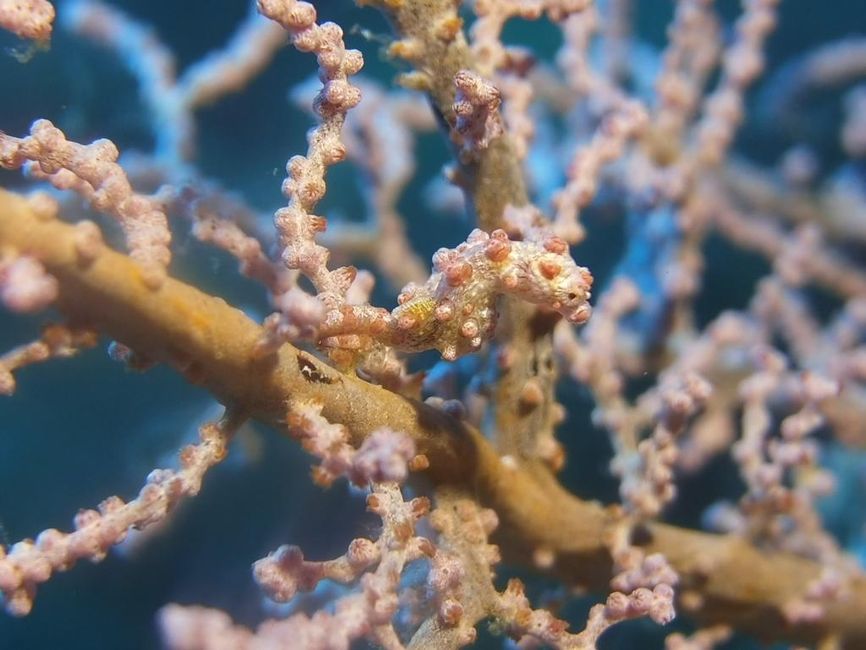
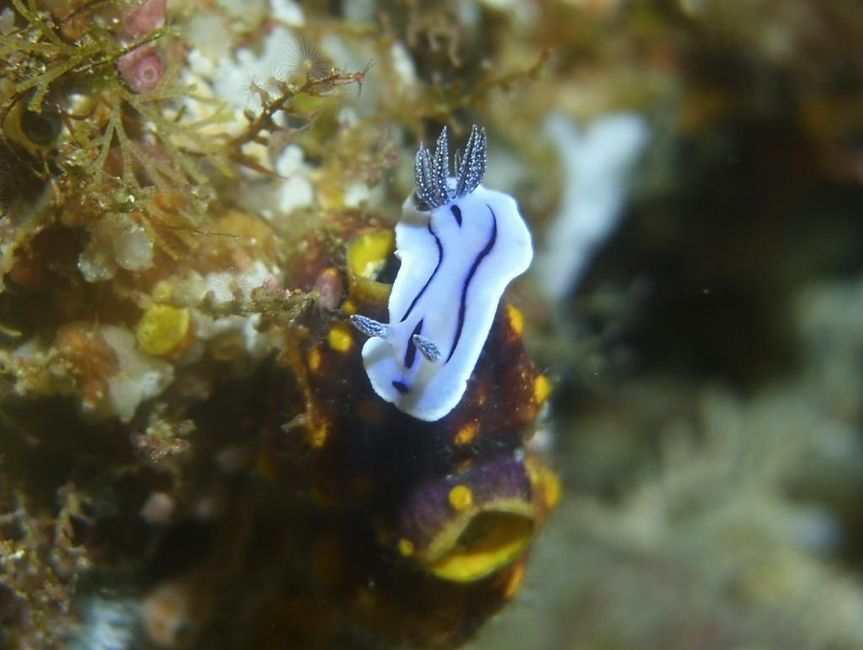
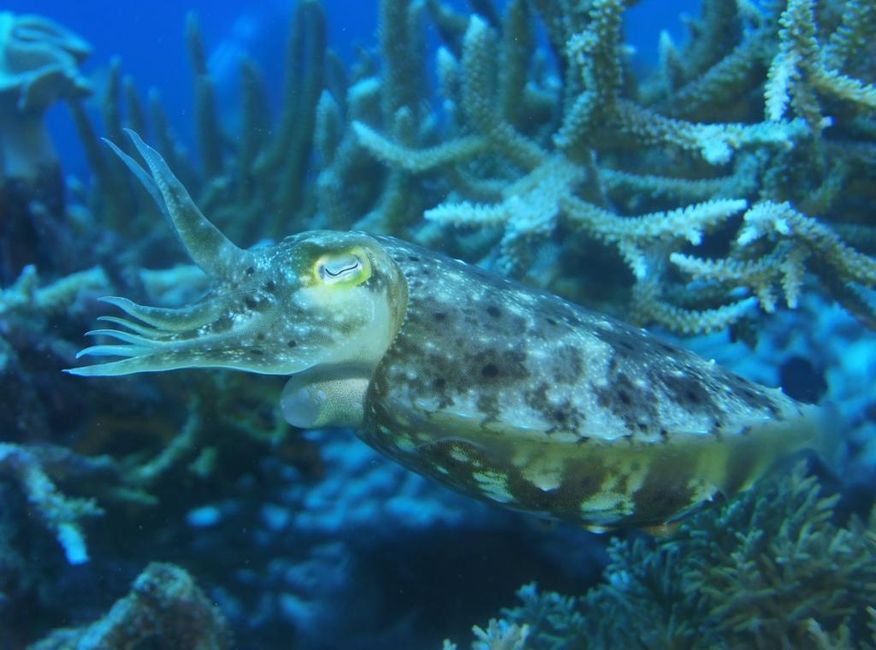
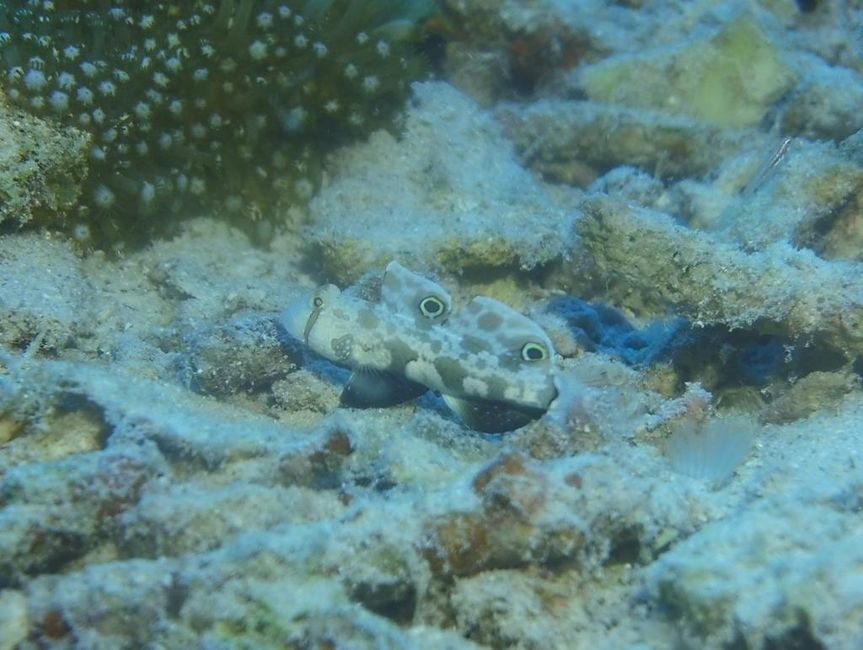
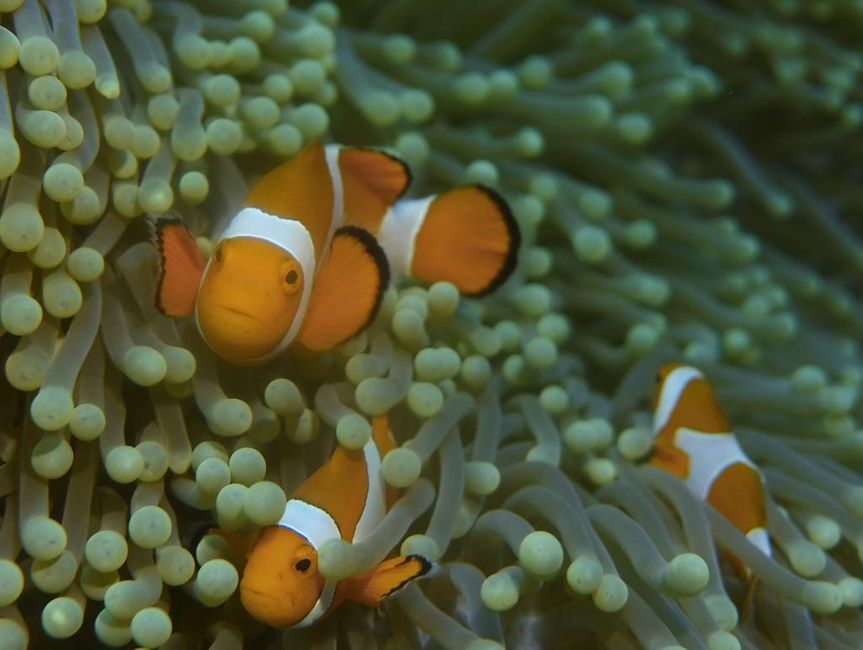
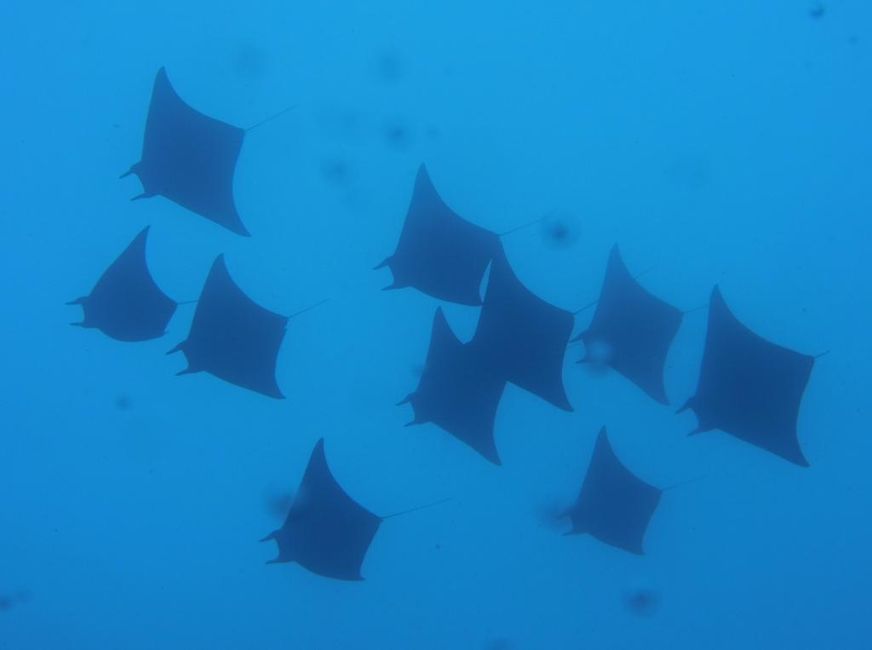
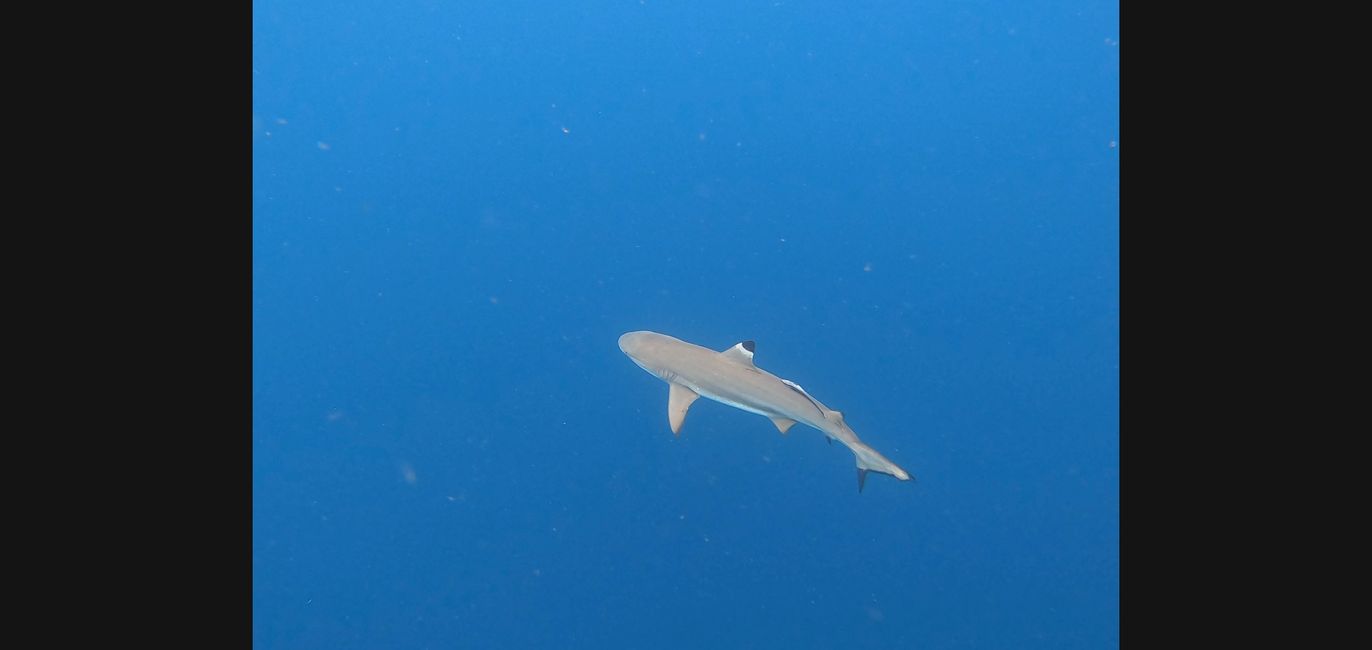
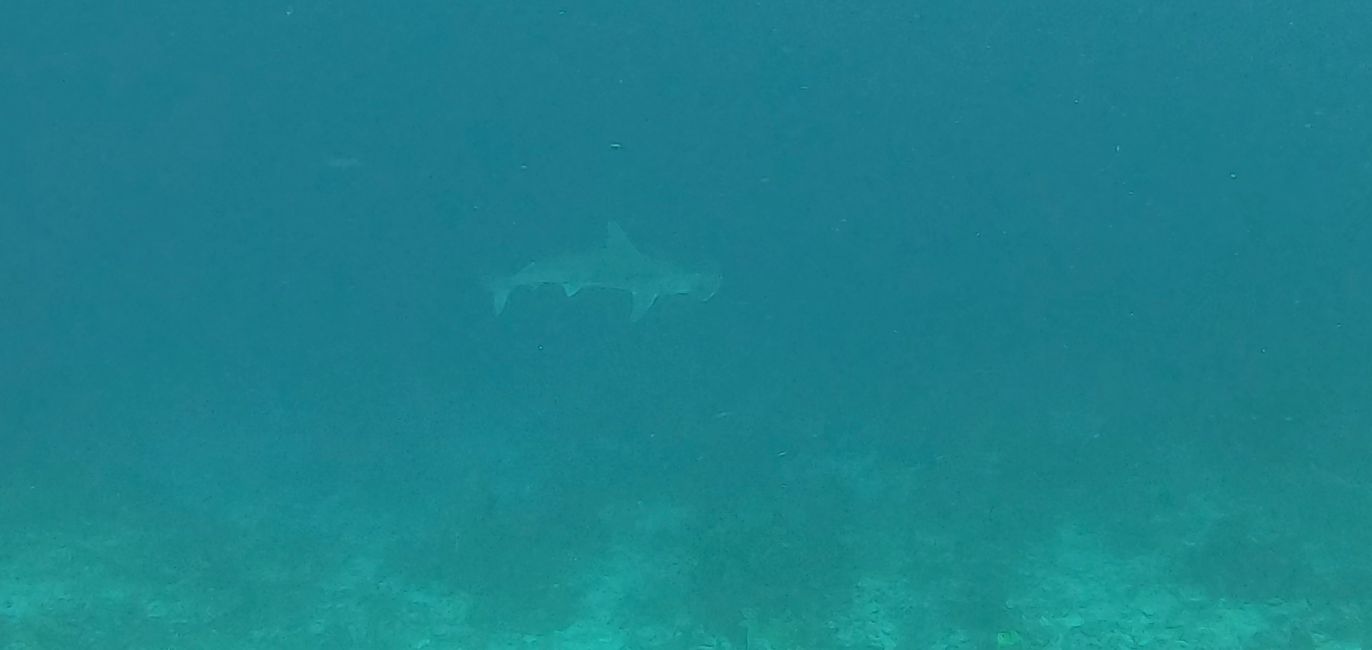
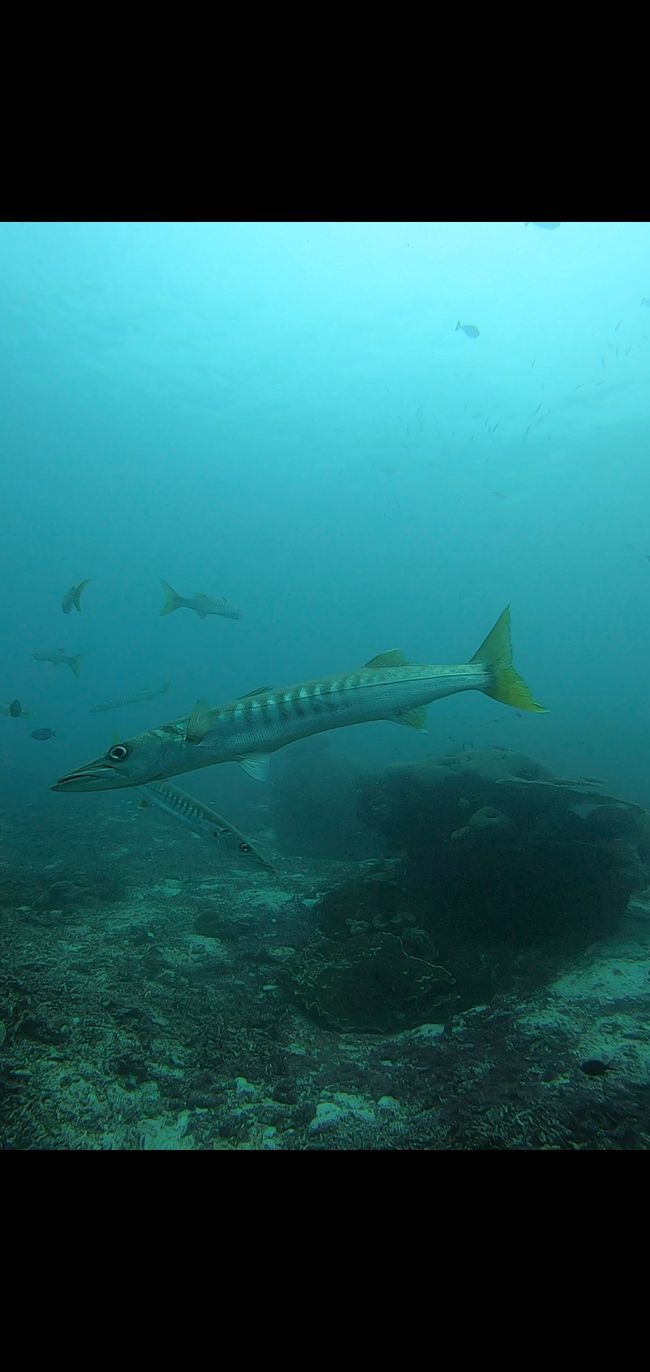
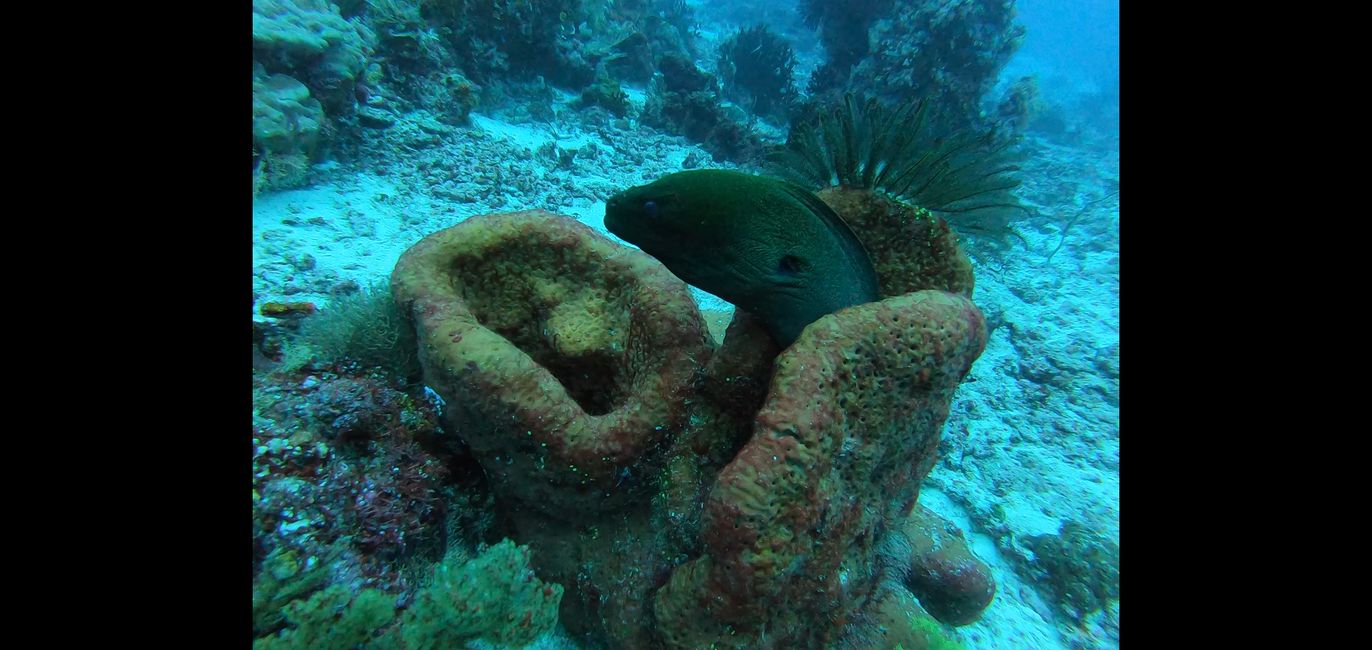
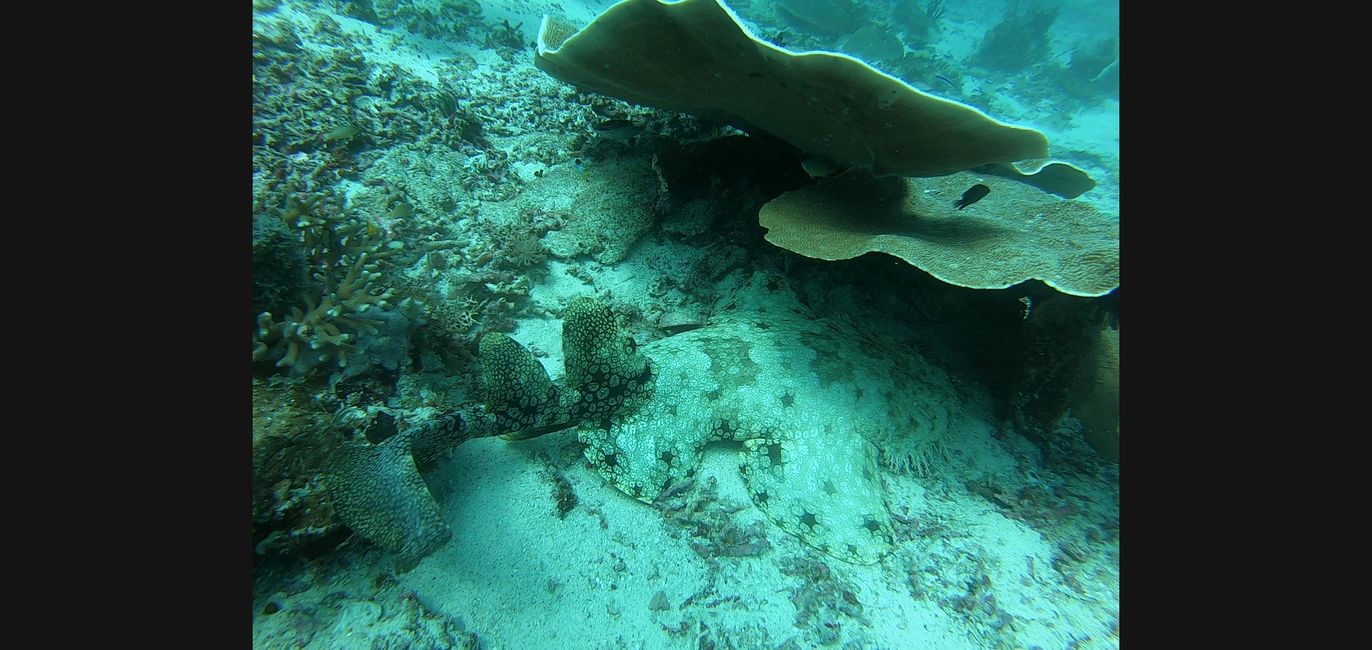
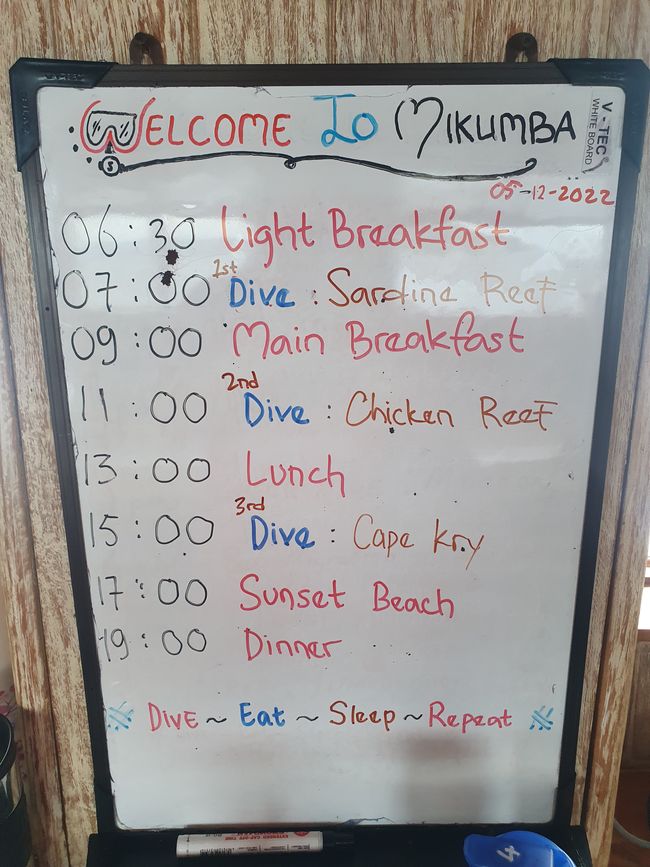
समाचार पत्रिका के लिए सदस्यता लें
On December 2nd, after a long flight with a 6-hour layover in Jakarta, I arrived in Sorong. Sorong is the gateway to the Raja Ampat archipelago, which is considered one of the best diving areas in the world. Sorong is located in the western part of the island of New Guinea, which is approximately half of Indonesia (West Papua). The other half is Papua New Guinea, a separate sovereign state. Geographically, New Guinea is no longer part of Asia, but part of Australia/Oceania. You can see this best in the wildlife, as there are no monkeys in New Guinea, but there are marsupials. The indigenous population of West Papua is dark-skinned, not Asian. The majority of the population there is Christian, but there are also many Muslims and followers of various nature religions.
Most of the few tourists who visit there immediately continue to the resorts on the Raja Ampat Islands, so I was particularly interesting to the people in Sorong! I was constantly greeted with 'Hello, Mister' on the street, many wanted to take a picture with me and wanted to know where I come from. The early exit of the German national team from the FIFA World Cup seems to have reached there as well! 'Germany loose!', children shouted at me after I told them where I come from. I stayed in a private accommodation with a very nice family for two nights. Fortunately, I was able to leave my big backpack in my accommodation, so on the morning of December 4th, it finally started: off to Raja Ampat, more precisely to a diving boat, the Mikumba 2, which was to be our home for a week for me and 9 other dive tourists. The boat turned out to be larger and more luxurious than expected. I shared a cabin with a Belgian, the other divers were from France, Germany, Switzerland, England, Malta, and Turkey. All in all, I had a pretty nice but also very experienced group. Only the two Frenchmen had fewer dives than me. The two dive instructors were locals and Jem, the owner of the boat, an Englishman, sometimes also dived with us. The motto of the boat was: Dive, eat, sleep, repeat! And that's exactly how our daily routine was. In total, 18 dives in six and a half days, starting at 7 a.m. every day! We had three land excursions in total, one to a traditional village, one to a spectacular viewpoint, and one to a beach. The underwater world was fantastic. Compared to many other diving areas, we all noticed that the fish here have little fear of divers. You see the fish much closer than elsewhere. You can tell that you are in a protected area and the fish do not see a diver as a threat. The coral reefs are consistently healthy and intact, and the biodiversity is overwhelming. Nowhere else in the world are there more species underwater than here! Both those who want to see big fish, with different species of sharks, manta rays, barracudas, and buffalohead parrotfish, as well as those who appreciate the small reef inhabitants, can admire pygmy seahorses, countless species of snails, and much more. We even encountered a three and a half meter long hammerhead shark and none of us has ever seen manta rays from such a close distance as here. There are also turtles. However, it must also be said that some dives were very challenging due to strong currents and are not suitable for beginners. Sometimes we even had to use reef hooks to avoid drifting away.
The food on board was excellent, as was the entire service. A big thank you to the entire crew! I can imagine being a guest on this boat again soon. After our return to the mainland, I stayed one more night at my old accommodation before continuing to Bali on December 11th.
समाचार पत्रिका के लिए सदस्यता लें
उत्तर
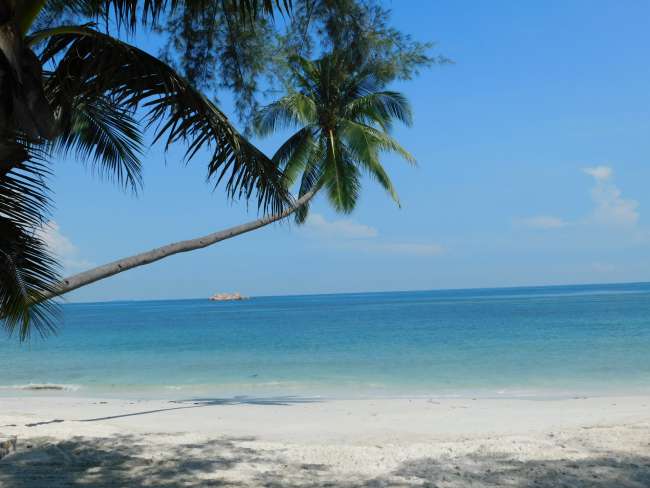
यात्रा रिपोर्ट इंडोनेशिया
